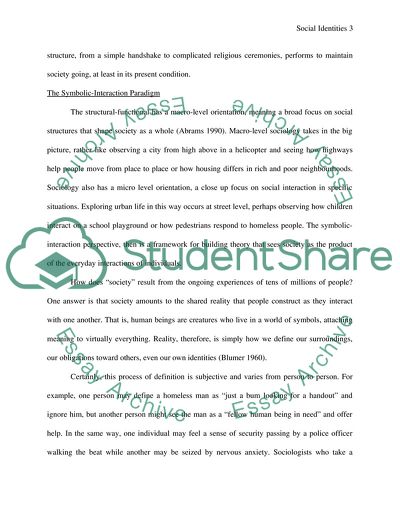Cite this document
(Individual Identities vs Social Identities Case Study, n.d.)
Individual Identities vs Social Identities Case Study. https://studentshare.org/social-science/1730731-all-individual-identities-are-also-socail-identities
Individual Identities vs Social Identities Case Study. https://studentshare.org/social-science/1730731-all-individual-identities-are-also-socail-identities
(Individual Identities Vs Social Identities Case Study)
Individual Identities Vs Social Identities Case Study. https://studentshare.org/social-science/1730731-all-individual-identities-are-also-socail-identities.
Individual Identities Vs Social Identities Case Study. https://studentshare.org/social-science/1730731-all-individual-identities-are-also-socail-identities.
“Individual Identities Vs Social Identities Case Study”. https://studentshare.org/social-science/1730731-all-individual-identities-are-also-socail-identities.


